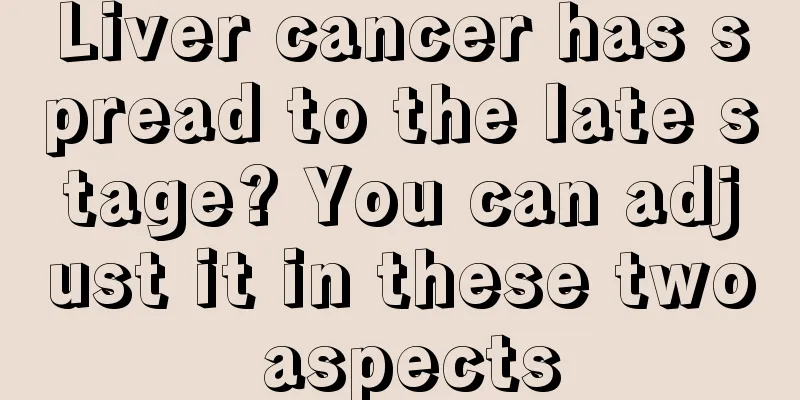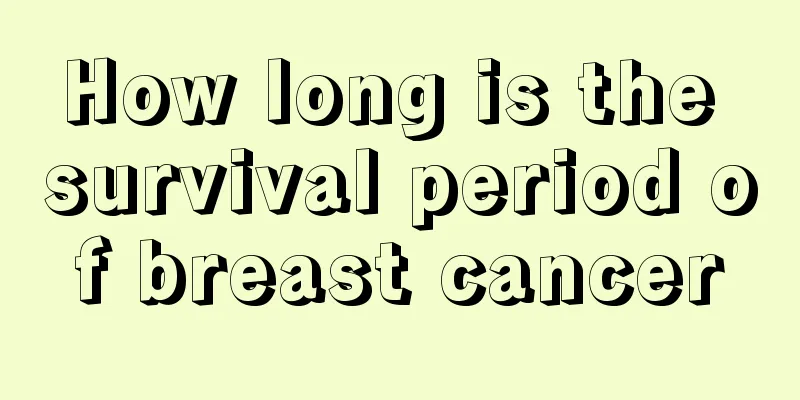Clinical manifestations of gallbladder cancer

|
The clinical manifestations of gallbladder cancer are as follows: 1. Symptoms Gallbladder cancer is difficult to detect in its early stages due to the lack of specific symptoms. When obvious clinical symptoms appear, it is usually in the late stage and has metastasized, making radical resection impossible, and the prognosis is extremely poor. Gallbladder cancer may present with some symptoms similar to benign biliary diseases (acute or chronic cholecystitis, cholelithiasis, etc.), such as upper abdominal pain, distension, discomfort, nausea, vomiting, fatigue, and poor appetite. (1) Pain and discomfort in the right upper abdomen: It is the most common symptom of gallbladder cancer (60%-87%). 40% of gallbladder cancer patients may experience worsening abdominal pain symptoms, increased frequency of attacks, or longer duration. (2) Nausea and vomiting: accounting for 30%-40% and are related to acute and chronic cholecystitis. In a few cases, pyloric obstruction is caused by tumors invading the duodenum. (3) Jaundice: About 30% of patients may develop obstructive jaundice due to direct tumor invasion or compression of the extrahepatic bile duct by hilar lymph node metastasis or dissemination within the bile duct. (4) Others: A small number of patients develop low-grade fever due to concurrent infection or tumor fever. Once upper abdominal mass, jaundice, ascites, obvious weight loss, anemia and compression symptoms of adjacent organs appear, it indicates that the disease is already in the late stage. 2. Signs There are no specific signs in early gallbladder cancer. When combined with acute cholecystitis, there may be tenderness in the right upper abdomen; when the common bile duct is invaded or compressed, obstructive jaundice may occur; when the cystic duct is blocked and the gallbladder is enlarged, or the tumor involves the liver or adjacent organs, an abdominal mass may be palpated; in the late stage, there may also be hepatomegaly, ascites, and lower limb edema. |
<<: Pathology of colorectal cancer
>>: Surgical treatment of kidney cancer
Recommend
What are the similarities and differences between skeletal muscle and cardiac muscle?
Skeletal muscle and cardiac muscle are two differ...
What to do if you have wrinkles? What is the most effective way to remove wrinkles?
I believe everyone knows the great impact of wrin...
Why do babies love to kick the quilt when they sleep?
Why do babies like to kick off the quilt when the...
Can patients with nasopharyngeal cancer eat sea cucumbers? What are some common dietary conditioning recipes?
The diet of nasopharyngeal cancer patients is ver...
Beware of misunderstandings in glioma treatment
Among the incidence rates of tumors throughout th...
Why does my husband sleep in a separate bed
The relationship between husband and wife has alw...
What are the early symptoms of lung cancer? Five early symptoms of lung cancer that you must know
Lung cancer is a common disease in life. It shoul...
A Complete List of Summer Vegetables
In the summer, the weather is hot and the sunshin...
Self-treatment tips for rhinitis
With the rapid development of the economy, people...
Causes of physiological ovarian tumors
What are the causes of physiological ovarian tumo...
What should I do if I have a small pimple on my chin that doesn't hurt or itch
Acne represents youth, but acne is also called ac...
What are the methods for treating bile duct cancer
What are the methods for treating bile duct cance...
Bone cancer is mostly treated with radiotherapy
Bone cancer is mostly treated with radiotherapy, ...
Tips to prevent nasolabial folds
As a type of wrinkles, nasolabial folds can have ...
Causes of rib pain when coughing
Colds and coughs are common, but for some people,...









